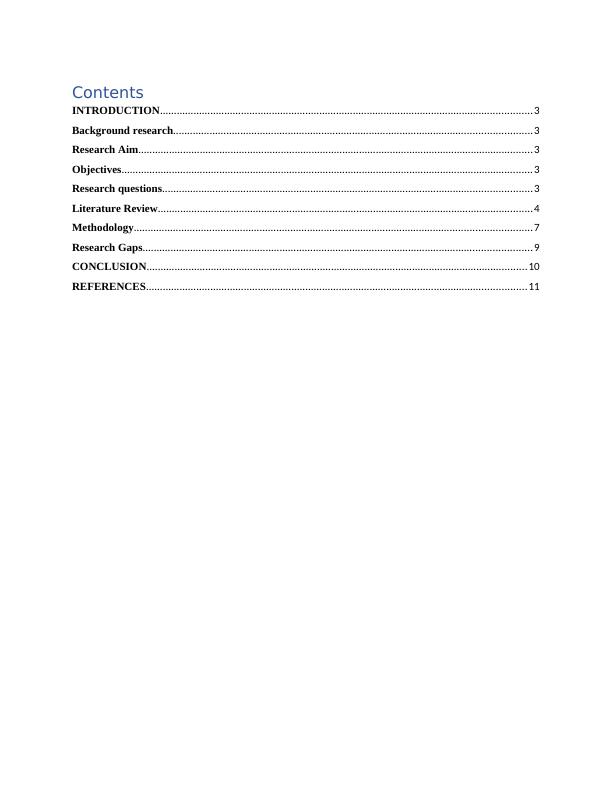Rubrics for Assessment
Undertake a comprehensive literature review of the project topic, justify specific role in the project, compile a detailed report on project aims, implementation, and evaluation plan.
12 Pages4167 Words53 Views
Added on 2023-01-06
About This Document
This document provides an introduction to water utility in the United Kingdom, including background research, research aim, objectives, and research questions. It also includes a literature review, methodology, and research gaps. The document focuses on the sensor data of Australian Water Utilities and explores the various data types and sources available, as well as the challenges associated with computational analytical approaches. The characteristics of big data, such as variety, velocity, volume, veracity, and value, are also discussed. The document concludes with a discussion on the use of sensor data for water unity and the methodology used in the research.
Rubrics for Assessment
Undertake a comprehensive literature review of the project topic, justify specific role in the project, compile a detailed report on project aims, implementation, and evaluation plan.
Added on 2023-01-06
ShareRelated Documents
End of preview
Want to access all the pages? Upload your documents or become a member.
Information Systems and Big Data Analysis: Definition, Characteristics, and Techniques
|1
|587
|474
Information Systems and Big Data Analysis
|1
|771
|59
Big Data Analysis: History, Challenges, Techniques, and Business Support
|1
|511
|206
Information Systems and Big Data Analysis
|10
|1881
|391
Big Data Analysis for Business: Features, Challenges, and Applications
|2
|1725
|281
Information Systems and Big Data Analysis
|1
|307
|466




